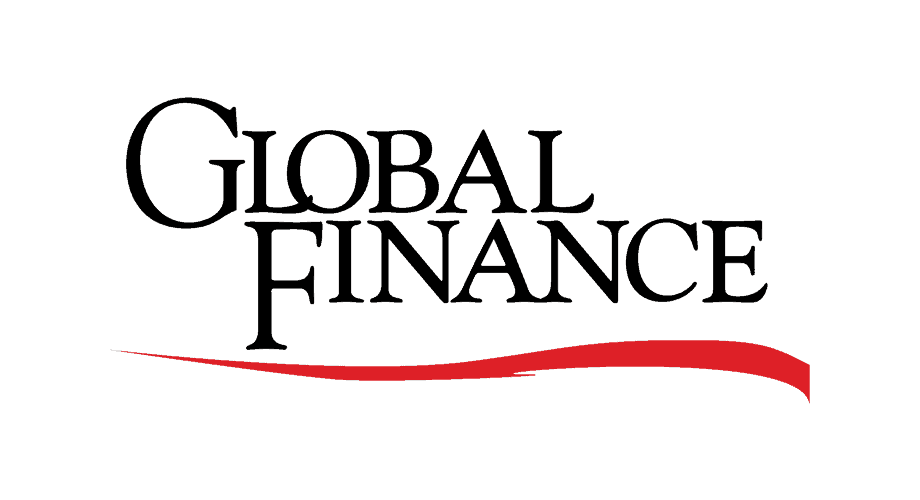The Terrifying New World of Crypto Extortion


In May 2025, an Italian crypto millionaire was allegedly tortured for weeks in a luxury Manhattan townhouse, hung from a roof ledge and attacked with a chain saw as his captors demanded his bitcoin password. Just months earlier, another crypto executive had his finger severed by kidnappers demanding millions in digital currency.
Crypto investors are waking up to how these aren’t isolated incidents—they’re part of a terrifying new wave of violent crimes that many worry has put a target on their backs. As Bitcoin and other digital assets have reached record highs, criminals are shifting from laborious online hacking to brutal, real-world extortion.
Key Takeaways
- Physical attacks and kidnappings targeting crypto holders are rising globally as crypto’s rise in value means a potential criminal haul has significantly increased in value.
- Criminals identify targets through online bragging, social media, and data breaches, then use violence or threats to extort crypto transfers.
Digital Clues That Can Lead Crypto Criminals To You
Criminals are increasingly professional in their approach, leveraging a mix of digital sleuthing and real-world surveillance. Many victims are identified after flaunting their crypto wealth on social media or in public forums, despite the lessons many learned after the Kim Kardashian kidnapping saga.
Others are exposed through data breaches at exchanges. Each passing week, it seems, more of the private information of cryptocurrency users is leaked. For example, in May 2025, Coinbase Global Inc. (COIN) announced that hackers had accessed home addresses and account balances of almost 70k customers in the previous months, putting thousands at risk of targeted extortion and physical threats.
Besides hacks, criminals have bribed insiders at crypto exchanges to leak sensitive customer data. This information can then be used to select and find high-value targets for kidnapping or home invasion.
Kidnapping, Mutilation, and Home Invasion Across 3 Continents
The luxury SoHo townhouse rented for up to $40,000 per month seemed like the perfect backdrop for crypto success. Instead, it became a torture chamber where 28-year-old Italian entrepreneur Michael Valentino Teofrasto Carturan was allegedly held for 17 days, his captors using increasingly brutal methods to crack his bitcoin wallet.
According to police, John Woeltz and William Duplessie, both of whom have a history in the crypto world, didn’t just threaten their victim—they hung him off the building’s roof ledge, shocked him with electrical wires, and menaced him with a chain saw. When all that failed, they allegedly forced him to smoke crack cocaine and took Polaroid photos of his bound and bloodied body as trophies of their work.
In the United States, a violent gang orchestrated a series of home invasions involving $3.5 million in stolen crypto between September 2022 and July 2023. Victims were threatened, tortured, and forced to transfer their digital assets under duress. The ringleader, Remy Ra St. Felix, was sentenced to 47 years in prison in 2024 after court documents revealed the gang’s use of extreme violence, including inserting sharp objects under fingernails. “The victims in this case suffered a horrible, painful experience that no citizen should have to endure,” said U.S. Attorney Sandra J. Hairston for the Middle District of North Carolina in a prepared statement. “The defendant and his co-conspirators acted purely out of greed and callously terrorized those they targeted.”
The attacks span continents. In France, the crypto world recoiled in early 2025 when attackers didn’t just kidnap the father of a prominent entrepreneur, but filmed themselves severing his finger and sent the video to his son, demanding €5 million (about $5.7 million) in crypto ransom.
David Balland, a co-founder of Ledger, the crypto security firm, endured similarly gruesome attacks during his January 2025 kidnapping. Balland’s finger, too, was cut off—a bloody calling card to prove the kidnappers’ seriousness to anyone considering non-payment.
Canada and Australia have also seen high-profile kidnappings, with crypto executives and traders abducted and forced to pay ransoms ranging from $40,000 to $1 million in digital assets.
Tom Masson/Getty Images
Going Ghost: Lessons for Hodlers
For crypto holders, the message is clear: visibility is a liability. Security experts urge investors to avoid sharing details of their holdings online, even with friends, and to use pseudonyms and fresh digital wallet addresses for each transaction. Physical safety measures are just as important—avoid posting geotagged photos, flaunting luxury items, or revealing travel plans that could signal wealth.
Technical defenses matter, too. Store the bulk of your assets in multi-signature or cold wallets, which require multiple keys or are kept offline, making immediate transfers under duress impossible. Consider setting up decoy wallets with small amounts of crypto to surrender if threatened, while keeping the majority of your funds inaccessible in an emergency.
Finally, stay informed about the latest scams and extortion tactics.
The Bottom Line
The rise of crypto extortion is a stark reminder that digital wealth can bring very real-world dangers. As criminals become more brazen and sophisticated, crypto holders must balance the pursuit of financial freedom with a heightened sense of caution. Protecting your assets and, more importantly, yourself means you’ll need to give much more thought to security because in the new world of crypto riches, the risks are no longer just virtual.

















